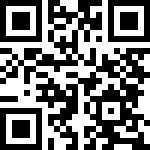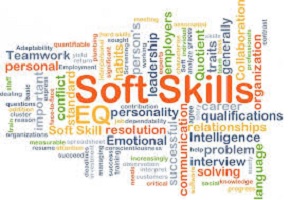
How to Write an IT Resume
IT resumes can be challenging. The rules are a bit different. Unlike Sales, Marketing, Finance, or many other types of resumes for which revenue growth achievements are paramount, IT resumes focus more on projects and accomplishments. Think: what large-scale or high profile projects did I lead / work on? Did I bring them in on time and under budget? How did I improve cycle times, streamline or improve processes or operations, save time / money for employer, etc.). For tech executive resumes, of course, you will want to show actual revenue / cost savings accomplishments as well.
Heading & Summary Sections
As with all resumes, your heading / title section, subheadings and qualifications summary should be focused on your job target, your Unique Selling Proposition (USP) or what makes YOU better qualified than others seeking the same position, an overview of your accomplishments, professional credentials, and anything else you want the employer to see – FAST! After all, the hiring manager is only going to scan your resume for something about you that might warrant further consideration.
Technical Skills Section
Since technical skills are so important for IT positions, one of the sections you need to include that sets IT resumes apart is the Technical Proficiencies table (or Technical Snapshot, or anything else you want to call this section). Here, your best bet is to separate technologies into categories, for instance:
=========================================================
Certifications: Microsoft Certified Solutions Expert (MCSE); Cisco Certified Network Associate (CCNA)
Platforms / OS: Windows (All); Linux, UNIX; iOS; Android
Programming Languages: C / C++; Java; Python, Ruby; SQL
Software / Tools: SAP ERP; Hybris; VMware; Erwin Data Modeler; Eclipse IDE; Jira
Hardware / Devices: Cisco Switching / Routing; NetScaler; NetApp; Dell Servers
==============================================================
As to table placement, the rule of thumb is that the higher level the candidate (ex. Tech Executive / CIO) the lower down the resume the technical proficiencies table should go, the idea being that since an Executive is running the show, they will not be performing the hands-on work that will require direct knowledge of the technical skills. Conversely, the more hands-on (ex. Software Engineer, Data Architect) the targeted job, the higher up it should be placed.
Also consider leaving older, outdated skills off the resume – they will not only date you, if they are obsolete or not needed for the targeted position they will be a waste of space and make you look disorganized in your presentation (kind of like including grade school education). You can include them, however, if knowledge of them can be applied to more current software and technologies.
Some think it necessary to mention your level of proficiency with each technical skill; I personally don’t do this and my tech clients do quite well, but this is also an option.
“Soft Skills”
Often overlooked by IT professionals is the presentation of “soft skills” on their resume, things like outstanding interpersonal skills, collaboration, teamwork, problem-solving and the like. After all, technologists often work in large teams on complex projects-their ability to collaborate and work well with others can go a long way in completing a project successfully and with minimal stress. Also of importance is the ability to navigate challenges effectively and to convey highly technical subjects to non-technical audiences. So hiring managers are going to be looking for these skills as well as instances of their successful application on your resume, make sure they find it!
Testimonials
On resumes, testimonials have a great impact on how you are perceived by a hiring manager, and IT resumes are no exception. These can be obtained from performance reviews, reference letters, LinkedIn recommendations and the like.
QR Codes
Another often overlooked way to spice up your IT resume is the QR code, or Mobile Business Card. Placing one of these on your resume offers several benefits:
1) It positions you as extra “tech-savvy” and on top of your game. 2) It provides the hiring manager an easy way to access your contact information. 3) It dresses up the resume and looks extra cool.
Font
Believe it or not, the font you use can go a long way in setting the tone you want. I like to use Verdana, a popular web font, for hands-on tech positions, such as Software Engineer – it just has that “techy” look. So don’t forget to adjust the font, it just might land you the job you want!



About The Author: Karen Bartell
More posts by Karen Bartell